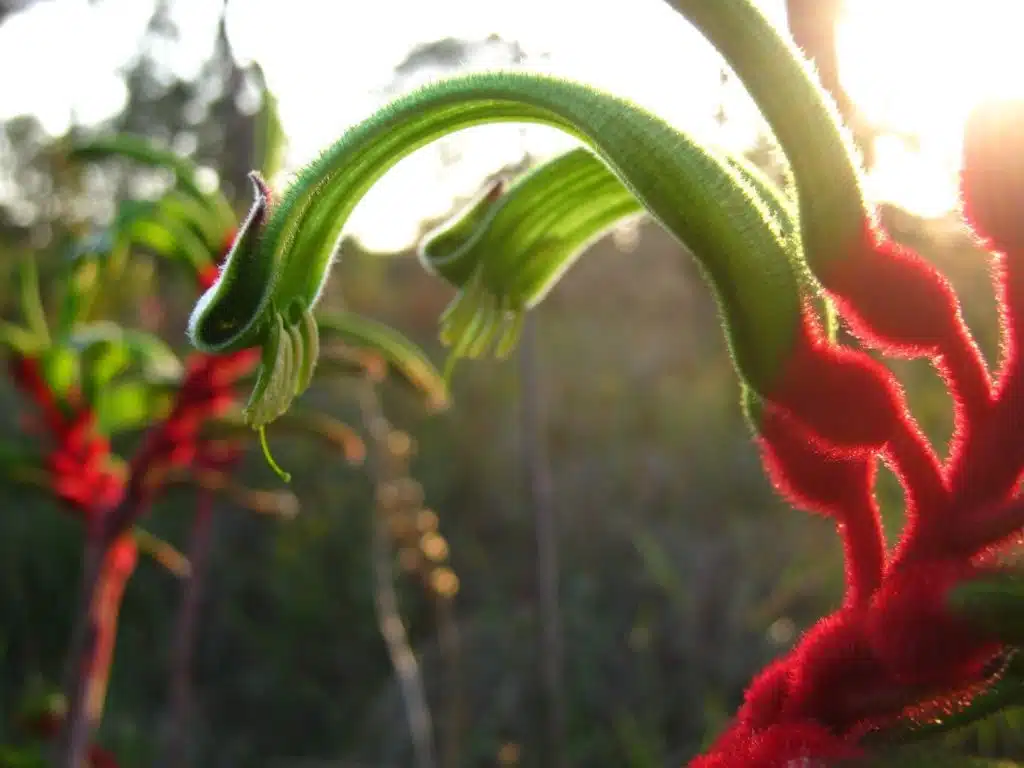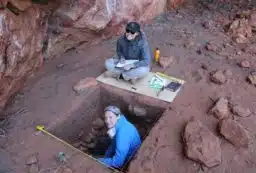A group of Western Australian botanical experts have teamed up to understand the ‘personal space’ of plant species in different environments, in a bid to improve the restoration rates for native landscapes.
“Complete restoration of native landscapes is a challenge around the world and we’re rarely able to restore a native landscape 100 per cent,” says Murdoch University researcher Lauren Svejcar.
Lauren and Murdoch University colleagues are working with researchers from Kings Park Botanic Gardens, with support from Hanson Quarry, studying ways of improving restoration in Banksia woodlands—the plant community of Perth.
Banksia woodlands have been reduced to 15 per cent of their original extent because of Perth’s urban sprawl and land clearing, which makes conservation of intact areas and restoration of degraded areas critical.
Plants can be very particular about the company they keep and the distance they are kept from other plants.
In natural environments, they form clusters of specific sizes with different compositions of species. This patterning is often based on the amount of nutrients and water available to them.
Knowing what patterns and compositions plants prefer in different environments could help people restore natural plant communities in areas that have been severely degraded, such as land cleared for development or mining.
Altering the patterns and compositions of seeds used for restoring degraded areas could help improve our ability to restore depleted plant communities.
Image: The red-and-green kangaroo paw is the floral emblem of Western Australia and one of the hundreds of plant species native to Banksia woodlands. Credit: Lauren Svejcar





 Fresh Science is on hold for 2022. We will be back in 2023.
Fresh Science is on hold for 2022. We will be back in 2023.